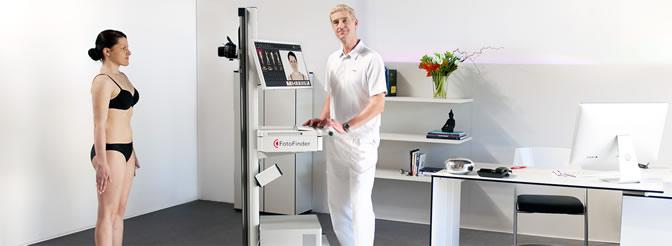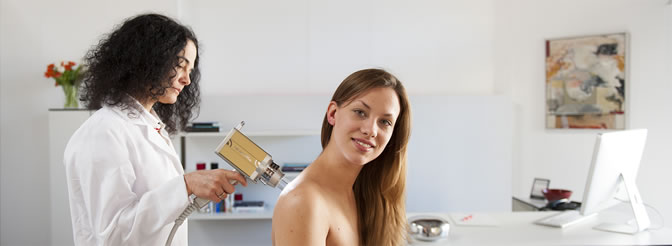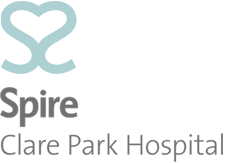Mole Mapping (Dermoscopy)
Everyone has moles and some people have quite a lot. Most moles are benign and remain so, but it is important to keep an eye on your moles so that you notice any changes that may indicate the first signs of skin cancer.

If you have a lot of moles, it can be difficult to know whether a mole has changed or whether a mark on your skin is new – particulary if it is on your back.
The incidence of skin cancers is increasing dramatically, so dermatologists are dveloping new techniques to help assess and monitor moles. Mole mapping is a technique whereby a person's moles (naevi) are catalogued or 'mapped'. Computer assisted mole mapping and digital photo-dermoscopy uses special digital cameras to photograph and record so that they can be automatically compared to future scans to highlight any changes, The images form part of your skin cancer surveillance program.

Your whole skin surface is documented from head to toe in less than 10 minutes and its easier than trying to keep track of them yourself. Any suspicious moles will be examined immediately by Dr D'ippolito, giving you reassurance and advice.
The scan should be repeated every 6 or 12 months and over time any changes will be tracked, alerting you and the dermatologist to any concerning developments.
This is a particularly useful service or people who are known to have an increased risk of the development of malignant melanoma.
Should you consider having your moles mapped?
People who are at increased risk of the development of skin cancer. This includes those with:
- Large number of moles
- Moles that have an unusual appearance (atypical moles)
- A family history of skin cancer
- A personal history of skin cancer
- Pale skin that easily burns in the sun
- Episodes of previous severe sun burn
- Exposure to significant amounts of sunlight like working or living abroad or outdoor work
- A suppressed immune system
Mole Removal
Suspicious moles are removed for diagnostic and therapeutic purposes. Equally patients are keen to have their moles removed for cosmetic or functional reasons. Please see the section on Mole Removal & Analysis.


